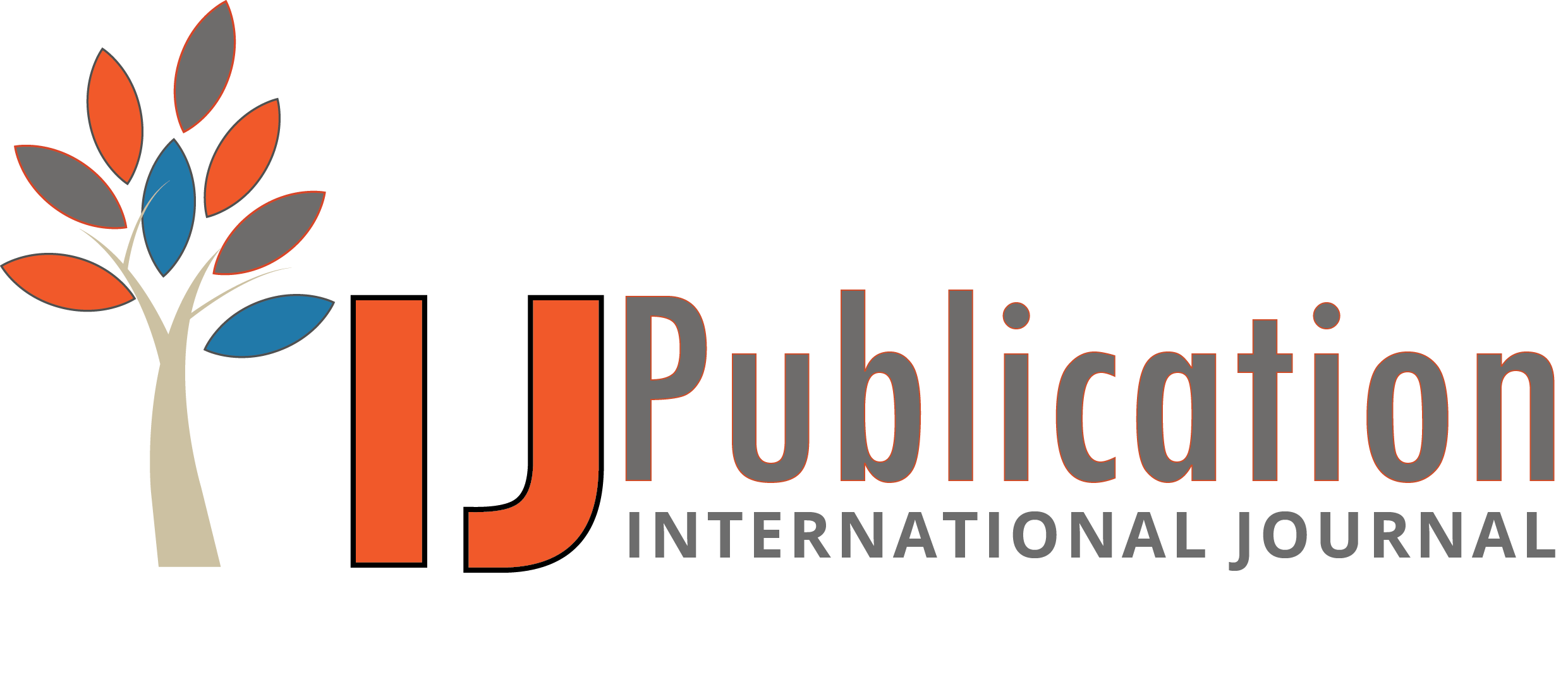Imran Khan Reviewer
15 Oct 2024 12:50 PM
 Approved
Approved
Relevance and Originality
The research article presents a timely comparison of popular reverse image search engines, addressing the growing need for effective image retrieval solutions in an increasingly digital world. It successfully highlights the importance of evaluating these tools based on various practical factors that users consider, such as privacy, accuracy, and usability. The originality of the study lies in its comprehensive approach to assessing not just the functionality of these engines, but also their specific strengths and weaknesses, which can guide users in their selection process. However, the study could further enhance its relevance by incorporating emerging trends in image search technology, such as AI advancements and their implications on search accuracy.
Methodology
The methodology employed in this research article is sound, providing a structured approach to comparing the selected reverse image search engines. The criteria used for evaluation are well-defined, covering a range of factors relevant to users. However, the article could benefit from a more detailed description of the comparative methods, including how data was collected for each criterion and whether any specific benchmarks or testing conditions were used. This would enhance the credibility of the comparisons and allow readers to assess the robustness of the findings more effectively.
Validity & Reliability
The validity of the findings is supported by the inclusion of multiple well-known search engines and relevant evaluation criteria, making the analysis applicable to a broad audience. However, the reliability of the results could be strengthened by providing more empirical data or user feedback to corroborate the claims made about each engine's performance. Incorporating quantitative measures, such as average response times or accuracy rates based on real usage, would enhance the study's reliability and provide a clearer picture of each engine's capabilities.
Clarity and Structure
The clarity and structure of the research article are commendable, with a logical flow that allows readers to easily follow the comparative analysis. The categorization of features for each engine aids in understanding the strengths and weaknesses effectively. However, some sections could be improved with clearer definitions of technical terms, particularly for readers who may not be familiar with image search technologies. Additionally, including visual aids, such as tables or charts, would enhance clarity and help summarize the comparisons more effectively.
Result Analysis
The result analysis effectively summarizes the advantages and disadvantages of each search engine, presenting a balanced view that can help users make informed choices based on their needs. The article aptly notes the specific user scenarios for which certain engines may be better suited, enhancing its practical value. Nonetheless, the analysis would benefit from deeper exploration into the implications of these results, such as potential user experiences or case studies that demonstrate how different engines perform in real-world situations. This would provide a richer context for the findings and underline the practical relevance of the research.








Imran Khan Reviewer